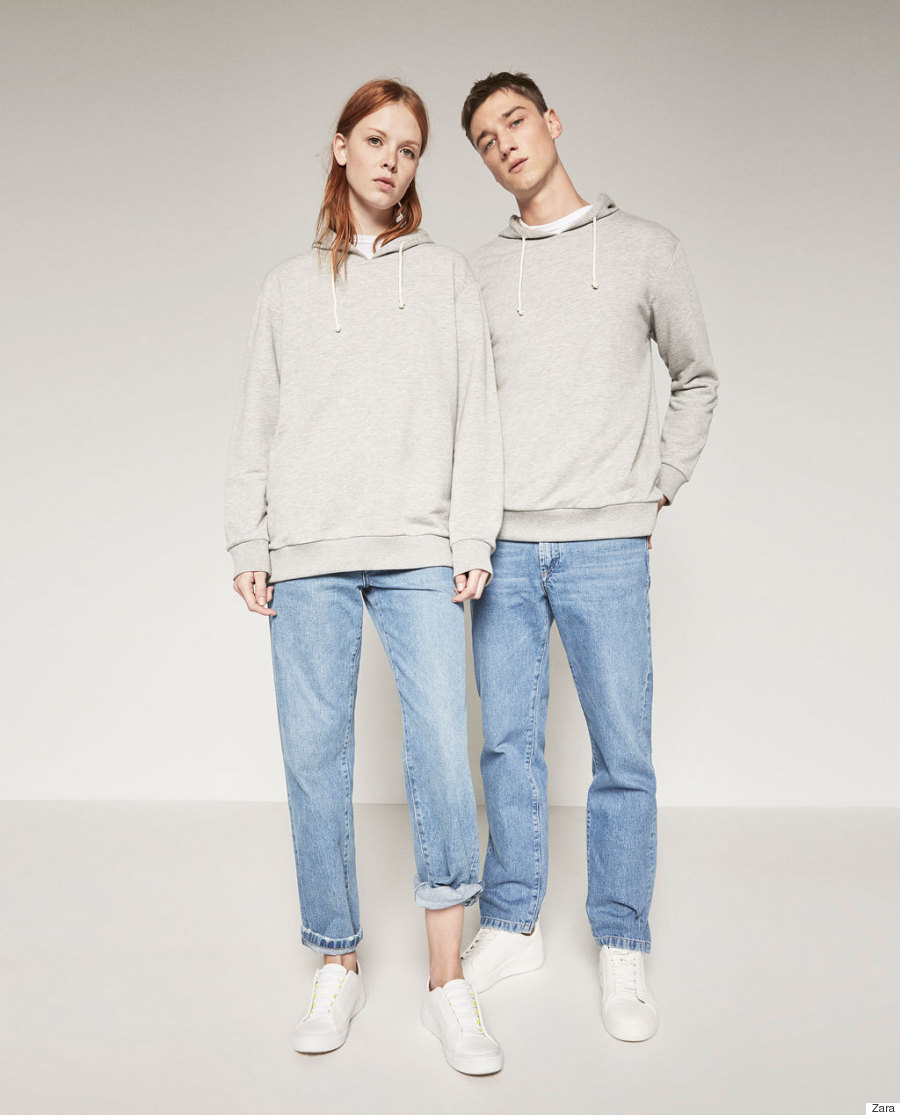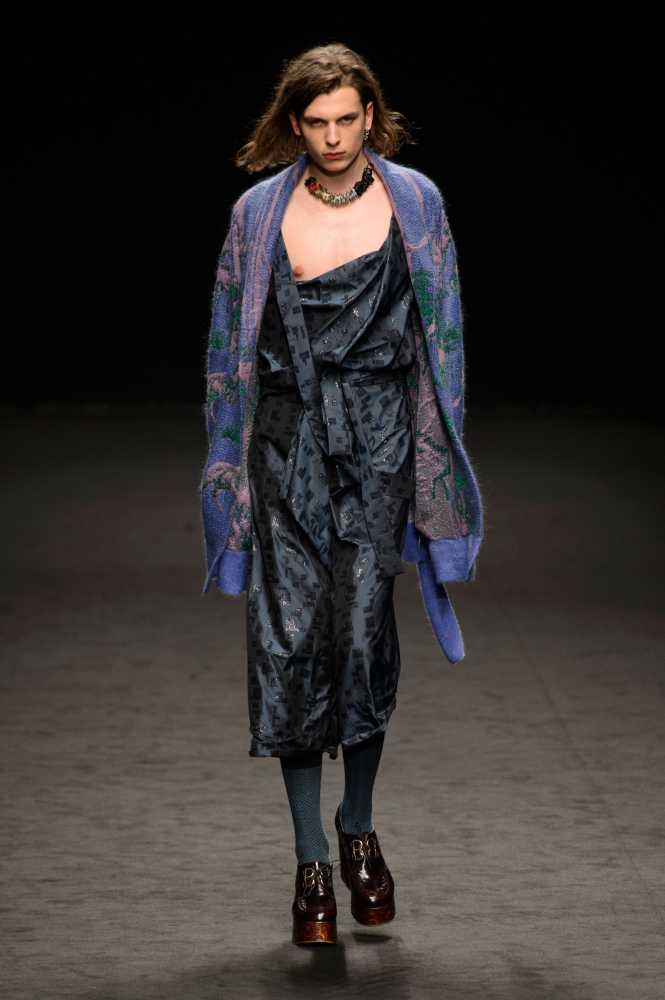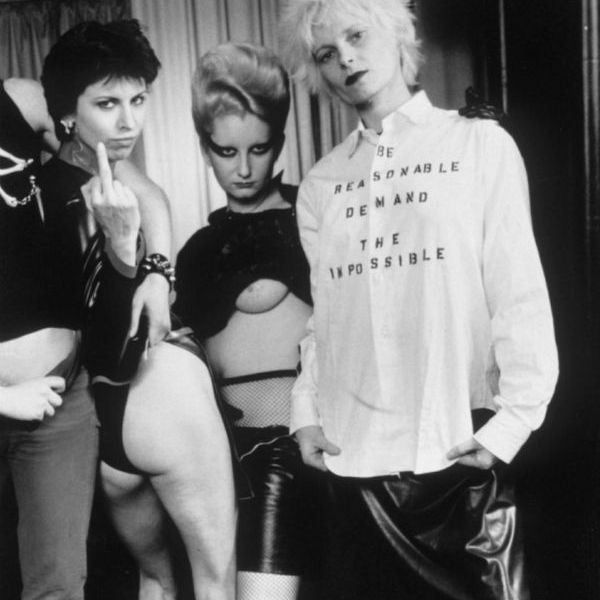I saw an extremely true and noteworthy comment from Emma Watson saying that the strongest way to spread feminism and to achieve the goal of helping more men understand the necessity of it is for women and girls to go back to their families and male friends and to tell them about their own experiences. When people see things first hand and realise it is a reality, maybe they will be motivated to make changes from grassroots up.
A disclaimer: This is not to say that women cannot benefit as much from hearing the discriminatory experiences that men face, but I am using Watson's example. I happen to think that she is a valuable feminist role model, and it makes me happy that she has gone deeper into the topic of feminism and now explores more varied issues within it than she did at first, for instance intersectionality.
Anyway... for me personally (and, I believe, everyone else) clothes have held an instrumental role since the beginning of time. They not only provide protection and warmth, but as an indispensable feature of everyday life, hold many opportunities for self expression and individuality. Throughout history they have been used as political motifs, to unify a group of people, or to break traditional moulds. I would consider myself in favour of everyone, everywhere being able to wear whatever they want- no matter their gender, religion or wealth. This includes being able to situate yourself anywhere on the scale of modesty, or to dress typically or atypically for your age or culture. Zara's recent Ungendered collection may be slightly boring and questionable (we see nothing of men in 'female' clothing, just women in 'male' clothing) but it is nevertheless progressive and does actually look really comfortable. It is an example of the recent female trends in 'menswear' which emphasise themes of power, geometry and efficiency.
 |
| Zara's Ungendered Campaign |
For feminism, these trends can only be a good thing. Bringing masculine shapes to the wardrobes of girls and women could create a subconscious revolution of thought- I think menswear trends actually have the potential to be more freeing for many women as it will remove some of the restrictions of more 'feminine' attire like stilettos and overly tight clothing. And- without pretending that I can read the minds of the male gender- the connotations of strength within male clothing (shoulder pads, dark colours, precise lines) may even lead some women to be viewed differently. Case in point: If Amal Clooney dressed like Circa 2008 Paris Hilton, would the media take as much trouble to represent her as a Badass Female Lawyer?
 |
| Dries Van Noten AW16 |
 |
| Dries Van Noten AW16 |
 |
| JS Lee AW16 |
One problem. What about female trends in menswear?
 |
| JW Anderson SS16 |
Menswear trends at the moment seem to be veering towards a beautiful amalgamation of streetwear and farmyard- i'm picturing a beige canvas bomber jacket. But I think it would be nice to see some more 'feminine' fabrics and shapes. Like tulle, or lace, or a peplum or something. There is so much room for that in recent trends- just look at the Pantone colours of the year that are meant to represent the overlapping of genders (baby pink and baby blue).
Vivienne Westwood continues to experiment in more feminine garments for her boys, although the SS16 example below appears to allude more to the Bible when men wore dresses anyway. But you get the idea. Fleeting glances of other collections never really include more than a reluctant kilt, some diamantes or some Jeremy Scott-esque latex.
 |
| Vivienne Westwood SS16 |
 |
| Vivienne Westwood AW16 |
Whilst looking for images I came across an Elle article:
15 AW16 Menswear Season Looks Women Will Totally Want To Wear. I was at first curious whether there were any wholly 'feminine' Menswear Season Looks as it would render parts of this post a bit pointless, although to my relief the imagery more focuses on the overlap and similarities between some fashion houses' women and menswear collections, e.g. Gucci.
The thing that still appears to be the elephant in the room, and the thought I want to use to culminate this post is that stereotypes still prevail. Yes, since I am not an expert fashion journalist I may have been overly critical about some lack of femininity in the menswear department. However, the prevailing stereotypes of 'menswear' and 'womenswear' being used is more destructive than constructive, in my opinion. By making a big thing of the overlap between female & male clothing, we insinuate that there are polar opposites between gendered clothing, which in 9 times out of 10, is not the case. And by creating male trends in womenswear, there is some indication that these are only trends, and will pass by us as quickly as Uggs.
Fashion needs to start getting real and to stop this experimentation with genders as its main selling point. Different people view gender as necessary and unnecessary but in all cases it doesn't have to create boundaries. The focus of fashion needs to move to creativity and innovation as opposed to recycling the collections to feed consumerism. And I would love to see the next Zara Ungendered collection advocating that men wear more 'feminine' clothes and putting less of an emphasis on everyone wearing the same thing and more of an emphasis on individual pieces that show evidence of some progression in the fashion industry.


























